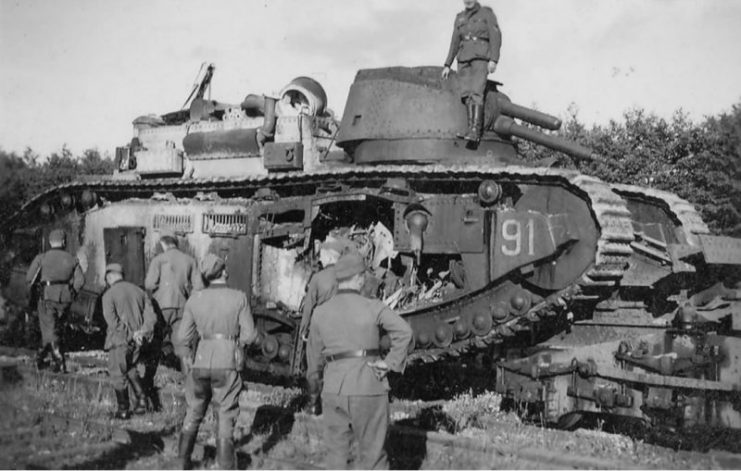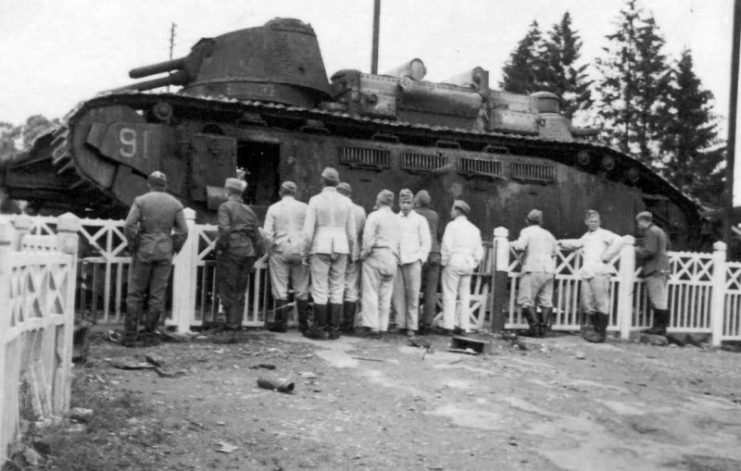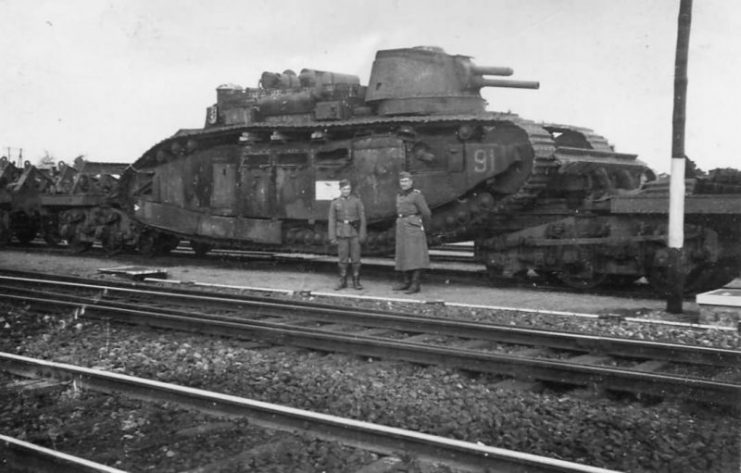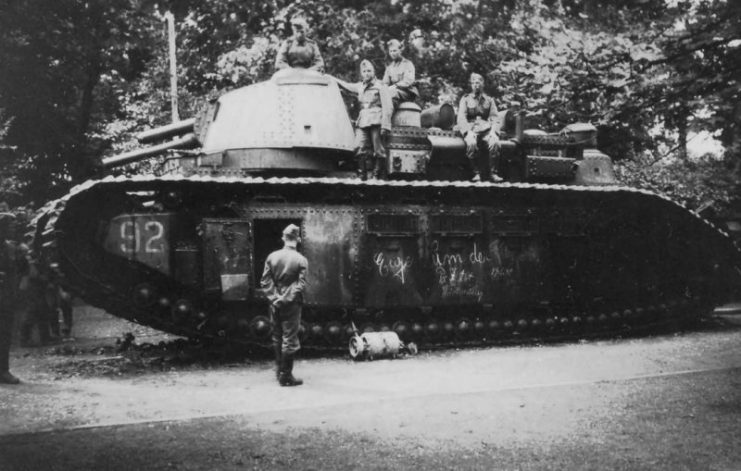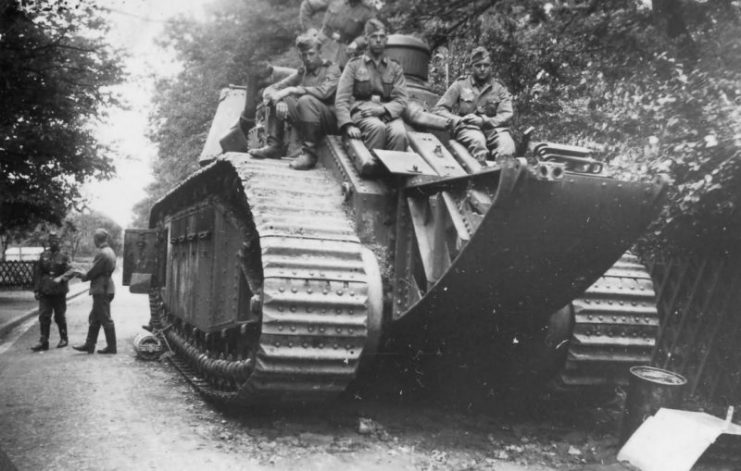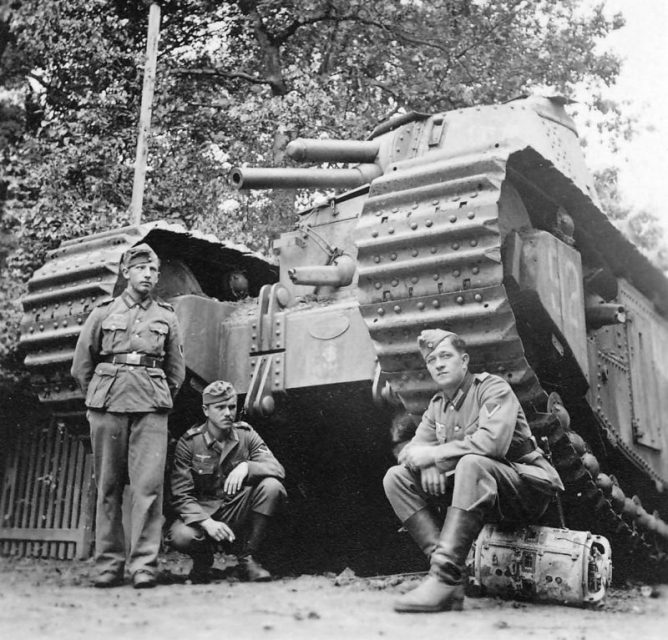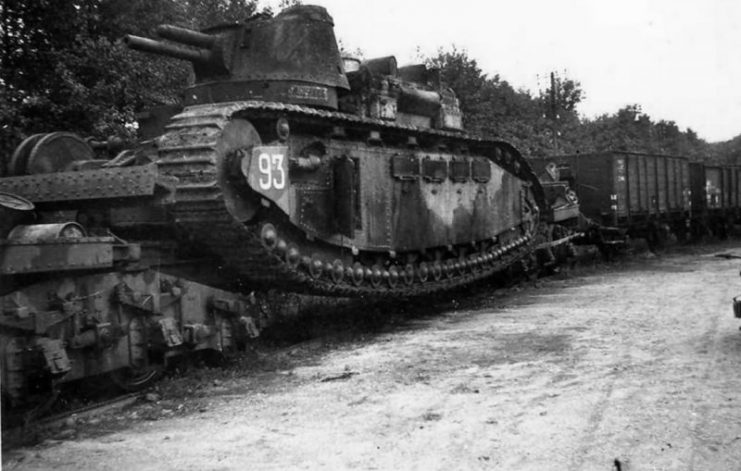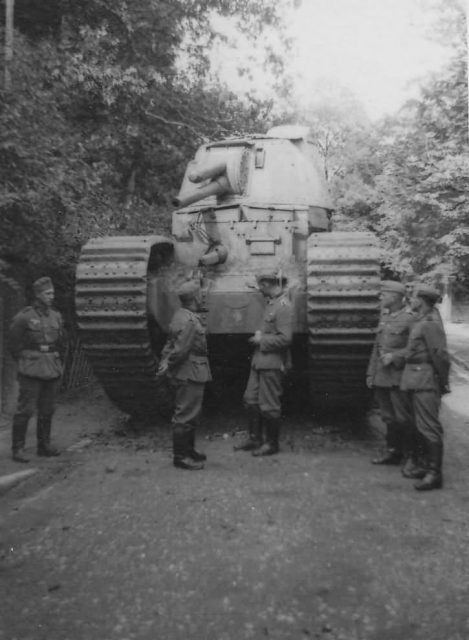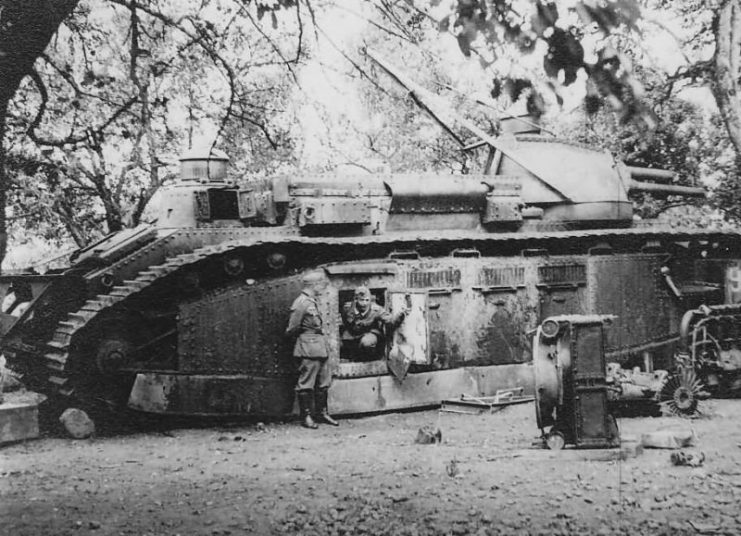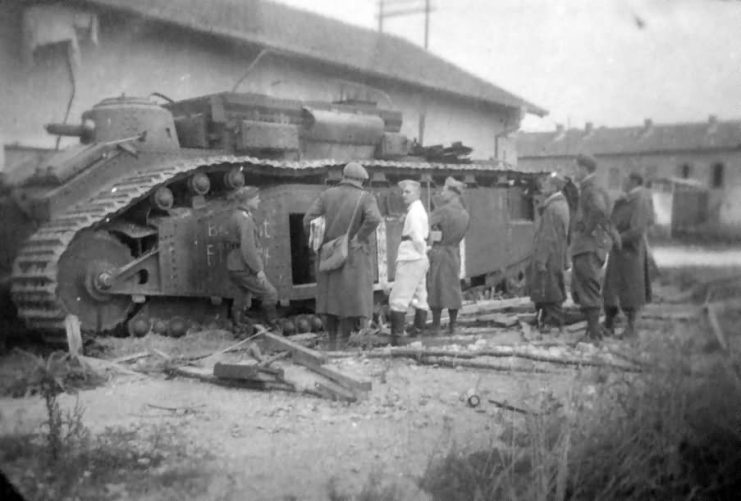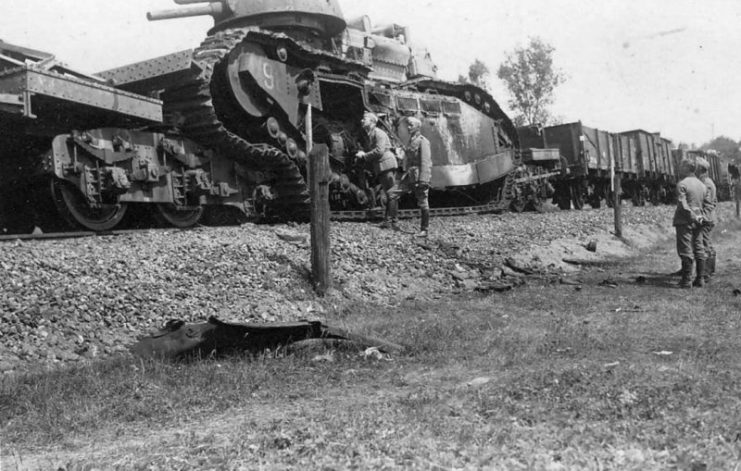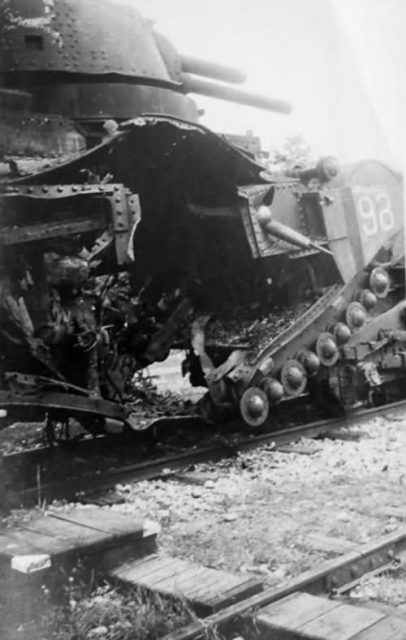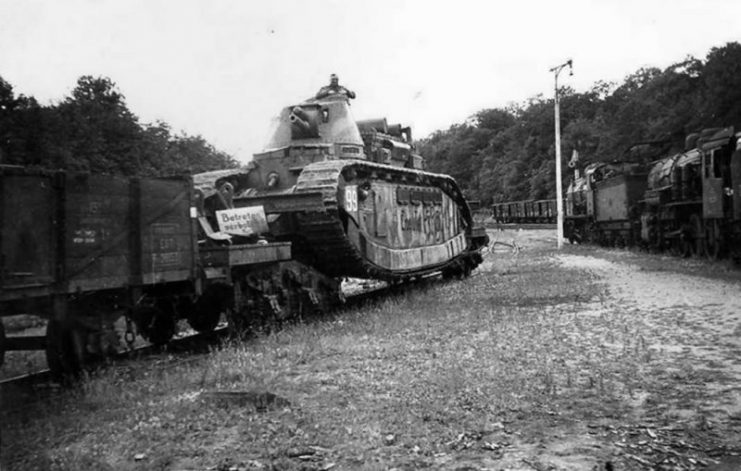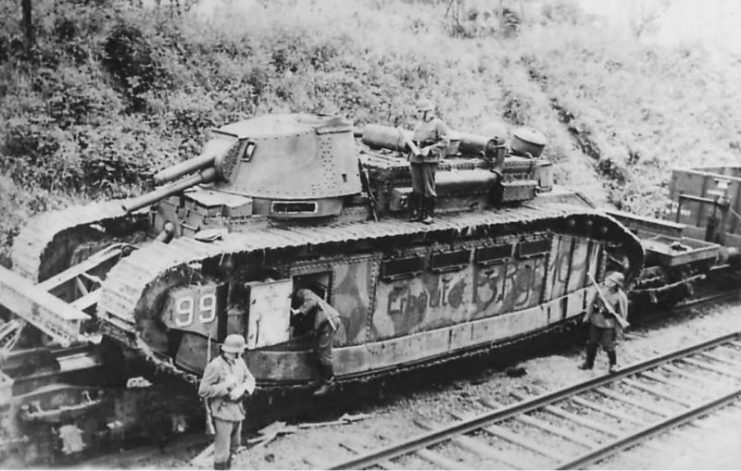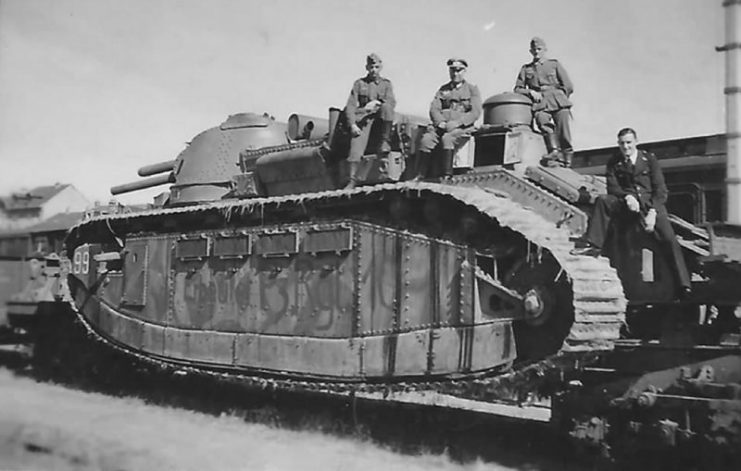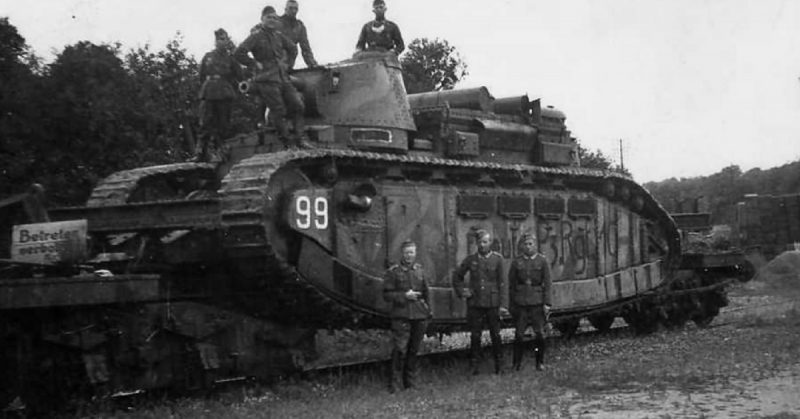World War I saw the dawn of a variety of new weapons. Vivid experimenting with vehicles was affected by continually changing battlefields. However, many engineers weren’t sure what were they doing and were creating new ideas in the dark. Especially land warfare introduced a large variety of new doctrines and machines.
When talking about the Great War, most of us associate one image – trench warfare. A positioning fight marked the entire war. It was an enormous stalemate, filled with futility. Moving by every inch of land cost blood and sweat, while the overall progress was barely seen. Never before had the world seen such war of attrition.
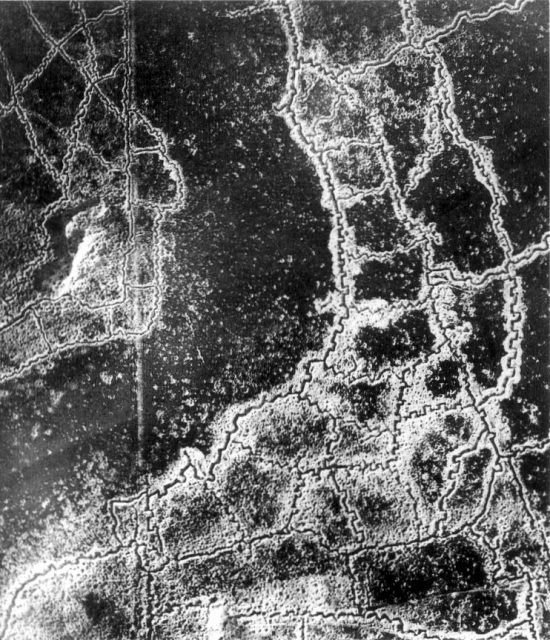
In order to break the impasse – tank was born. The new vehicle had to fulfill some criteria – the “tank” had to be armored, carry heavy loads and be able to cross through rough ground and trenches. Easier said than done.
The final years of the war were a milestone in the development of armored warfare. In September 1916, the British used tanks in a combat environment for the first time during the Battle of Somme. From that point forward, armored vehicles bloomed. A year later during the Battle of Cambrai, the first mass advance with tanks occurred with considerable success.
Then during the Battle of Amiens on 8 August 1918, often referred to as a “Black Day” by Germans, tanks decisively proved their importance and influence on the battlefield when appropriately used.
The first tank versus tank fight took place during the Second Battle of Villers-Bretonneux.
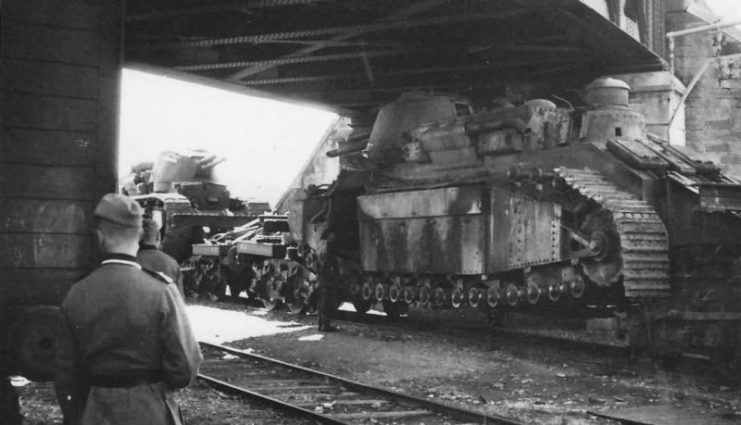
It was the British who invented the tank during the World War I, but the French quickly gained an edge in their development. The Renault FT is considered to be the best tank of the conflict with the first “modern” configuration.
The Treaty of Versailles ended the war in 1918, but that didn’t stop development of tanks. The interwar period focused significant energy on improving mechanized vehicles based on the experiences of the past war.
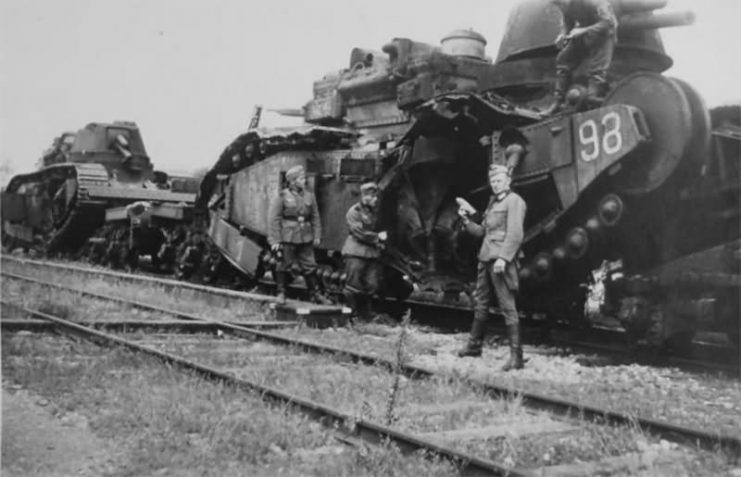
The birth of a giant
Military minds wanted the tank to be heavily armored and packing great firepower. The French Char 2C more than met this requirement. This colossus, in terms of physical dimensions, was the biggest operational tank ever made.
With over 10m (33 ft 8 in) length and 3m (9 ft 10 in) width, Char 2C beat all the records. In comparison, the WW2 Tiger tank was 7.4m long and 3,8m wide with a similar weight of 69 tonnes.
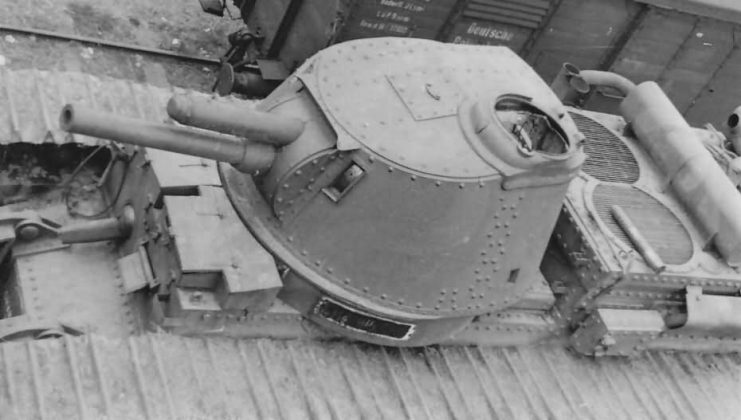
The Char was designed in 1917 but due to domestic problems in France, it was produced too late to see action in WW1. The armor was thick for the period, between 22mm at sides to 45mm in front. In the spacious interior, the tank was divided into two fighting sections.
First, the forward one was armed with a 3-man 75mm turret. Second, the rear compartment was equipped with a machine gun turret armed with a Hotchkiss 8mm plus three others on the sides and front. In total, the crew consisted of 12 men: driver, commander, loader, gunner, mechanic, electrician plus their assistant, radio operator and four machine gunners.
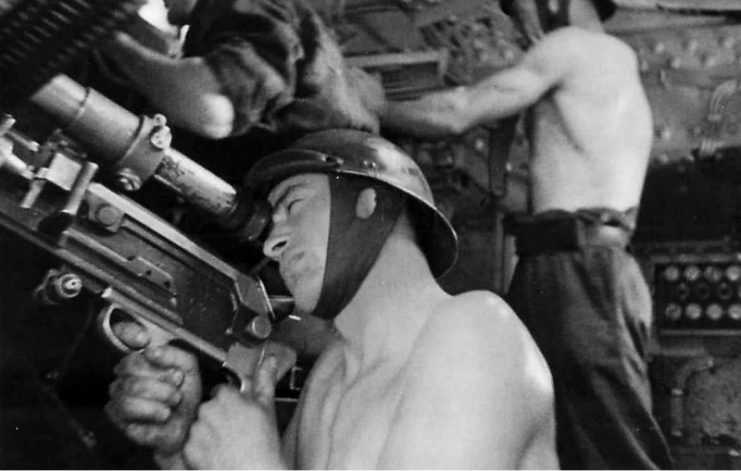
The entire tank was powered by two 250 hp Maybach engines placed in the middle of the construction, each driving a separate track. The top speed was 15 km/h (9.3 mph) and the entire fuel capacity of 1260 liters (330 gallons) allowed a range of 150 km (90 mi). The French Army planned to order 300 tanks of this kind, but only 10 were produced.
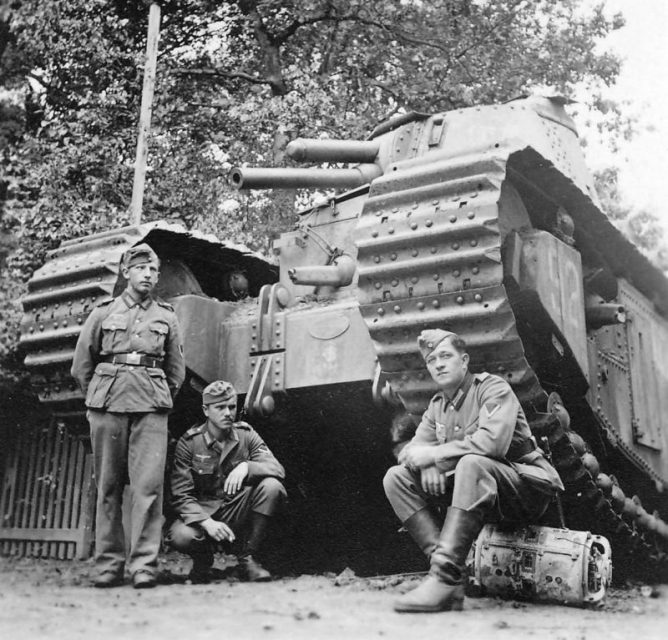
Interwar period
Swift development of tanks in the 1920s and 1930s was slowly decreasing the value of Char 2C. The large size which was considered an advantage in 1914-18 war, became its flaw as anti-tank guns entered service. Slow speed could be acceptable in the previous conflict, but as for the next, it made the entire tank obsolete.
Nevertheless, all ten tank were activated at the outbreak of the Second World War with side number between 90-99 and due to propaganda purposes each of them received a name after major French regions: Alsace, Anjou, Berry, Bretagne, Champagne, Normandie, Picardie, Poitou, Provence, Touraine. Normandie was later renamed to Lorraine.
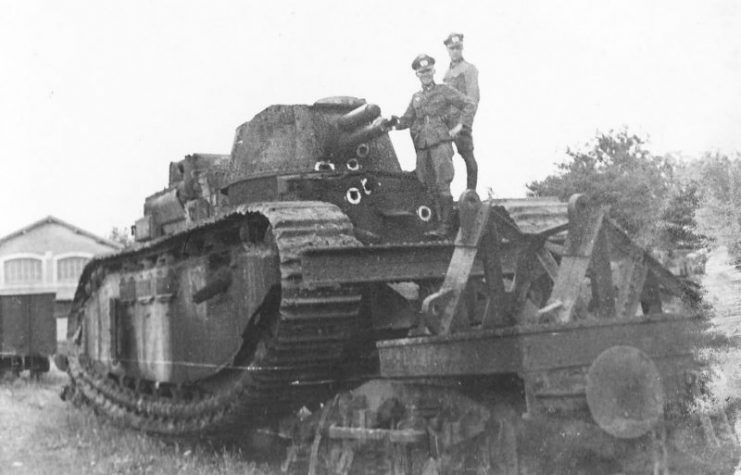
By 1939, none of them presented any military value to put them into action and were mostly used for propaganda purposes and in film. After the German invasion of France in 1940, the decision was made to evacuate the famous ten to the south. Unfortunately, the train was stopped during transport by a fire.
A failed attempt of destroying the tanks before the enemy could capture them was made, but one survived almost intact. The “Champagne” was sent to Berlin as a war trophy. After the war, in 1948, the last Char 2C disappeared without a trace from the German capital and according to some speculations its somewhere in Russia, possibly in a secret hangar at the Kubinka Tank Museum.
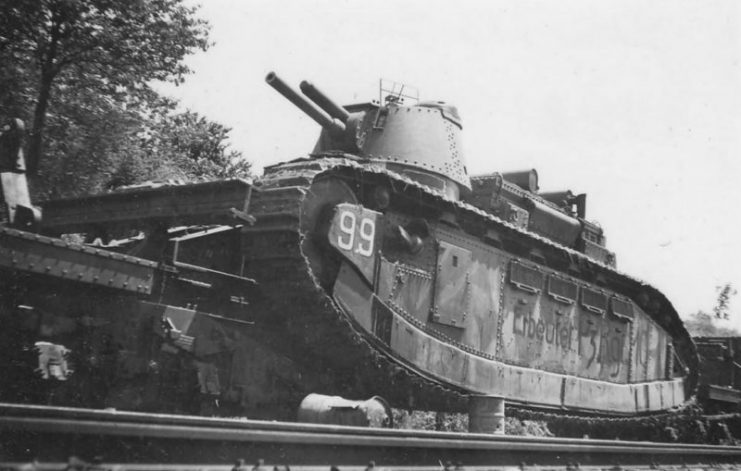
More photos and video
